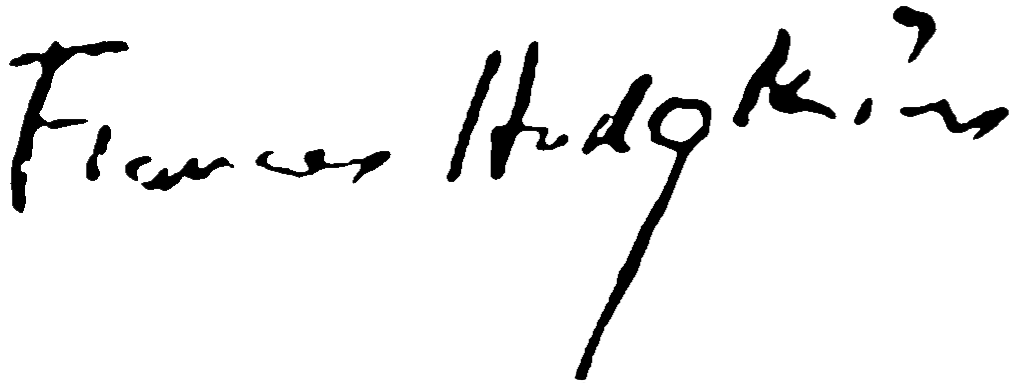dora coates
Pulteney Bridge, Bath
Oil on panel, 40 x 30 cm
Signed
From Frances Hodgkins to Isabel Field, 17 April 1899, Castle St..
‘I have had a long letter from Dora Meeson in Paris giving me much valuable information as to ways and means etc. Ways and means will be very costly next year in Paris on account of the Exhibition so she advises me to stay in London till after the rush is over ...’
Dora Coates (née Meeson) (1869-1955) was born in Melbourne on 7 August 1869, the eldest daughter of John Thomas Meeson, headmaster of Hawthorn Grammar School, and Amelia (née Kipling). The Meeson family were constantly on the move between 1876 and 1896, living in London, New Zealand and Melbourne, and Dora was mainly educated at home. The Meeson family were well known to Isabel and Frances Hodgkins in the early 1890s, whilst they were resident in Dunedin. Frances Hodgkins wrote on several occasions about socialising with the Meeson family to her mother, Rachel, and sister, Isabel.
Studying at the Canterbury College School of Art, Meeson began appearing in New Zealand exhibitions in 1890. She studied intermittently at London’s Slade School of Fine Art in 1892-3, at the National Gallery School, Melbourne 1895-6, then in Paris at the Académie Julian 1898-99. Returning to London in 1900, she married fellow artist George Coates in 1903. A move to Chelsea in 1906 saw Meeson resume her involvement with the suffrage movement. Meeson had signed the 1893 suffrage petition in New Zealand and actively campaigned for equality in both Australia and Britain, not least through her persuasive and ground-breaking political cartoons.
She became a founding member of the Women’s Freedom League (Kensington Branch), she was also a member of the Conservative and Unionist Women’s Franchise Association and the Artists’ Suffrage League. In 1912 she was a member of the London-based Australia and NZ Women Voters Committee and during the war was the Australian representative in London of the British Dominions Women’s Suffrage Union. Described as ‘an ardent feminist all her life’ she later became a noted maritime painter and war artist. While her husband served in the Royal Army Medical Corps at Wandsworth Hospital, Dora helped found the Women’s Police Service. In 1919 she became the first Australian woman member of the Royal Institute of Oil Painters./p>
In Meeson’s large body of work produced over six decades, water as a foreground feature was a staple motif, recurring innumerable times. It is seen from Ebb Tide on the Thames 1907 through Weymouth at Night 1912 and Villefranche 1929 to Fishing Boats at Hastings 1932 and Below Tower Bridge 1950. The format in use here is also seen frequently in her work (e.g. London Bridge looking South, 1922-4), using a body of water to offset an architectural volume.
The present work, Pulteney Bridge, Bath, is altogether an eloquent example of how Meeson maintained a career from her beginnings as a twenty year old in Christchurch to the paintings of bombed-out London by an artist in her seventies. Unbothered by theories and isms, she painted scenes laden with interest and associations for a wide public. She continued to exhibit in England, France and Australia and painted until her death in 1955.
Provenance
Private Collection, Melbourne

